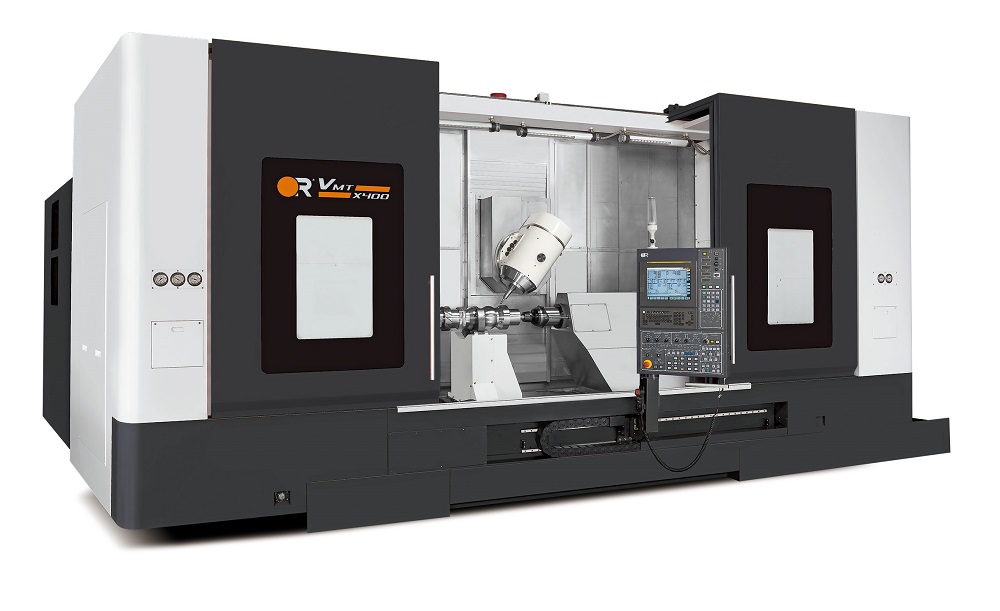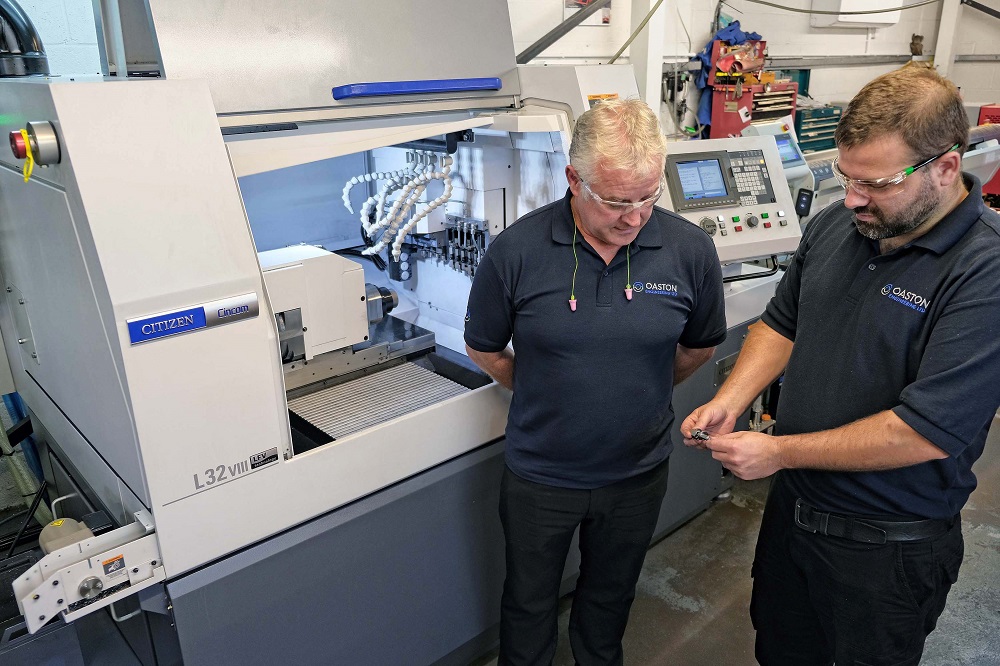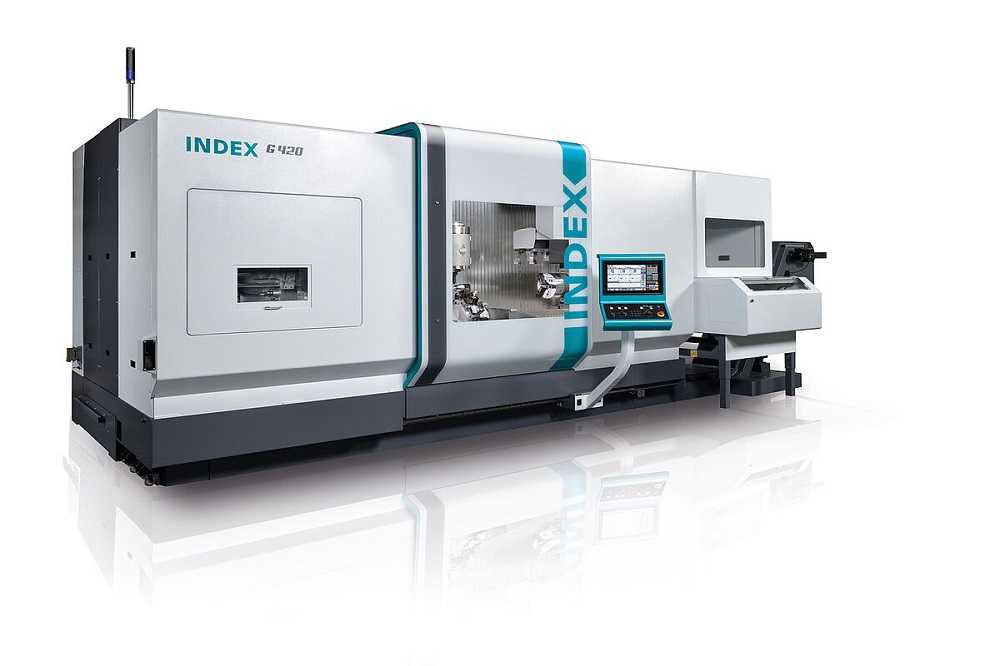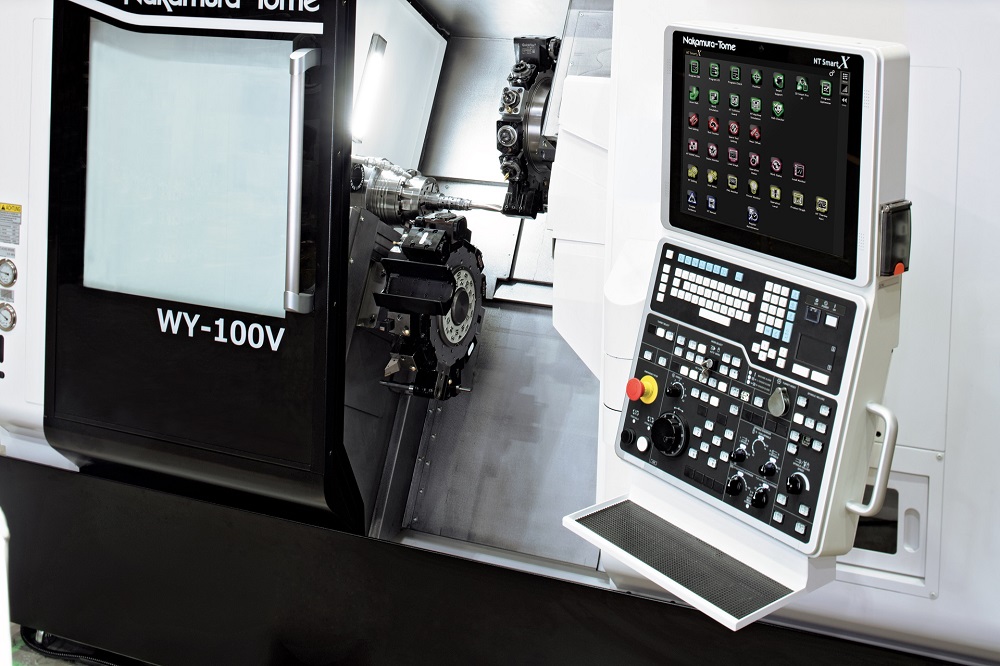Taking centre stage on the stand of Yamazaki Mazak at the recent Southern Manufacturing exhibition was its Integrex i-200H S multi-tasking machining centre. The machine forms part of Mazak’s i-H series, which culminates 40 years of multi-tasking innovation and learnings.
As with all models in the i-H series, the i-200H S features a flat-fronted design with rear-mounted tool magazine to accommodate the growing requirement for automation while maintaining accessibility for the operator. The i-200H S can adopt a variety of automation solutions, including bar feeders, articulated arm robots and gantry loading systems.
The 5000 rpm main spindle receives support from a compact 12,000 rpm milling spindle with a versatile B-axis range of -30 to +120° for the complete machining of complex components. An equal 65 mm diameter bar capacity across both spindles allows for balanced cutting while maximising component rigidity.
Mazak’s i-200H S offers control via the company’s SmoothAi CNC, which incorporates a suite of software packages to deliver the practical application of AI, digital twinning and automation. The model on display at Southern Manufacturing featured the new smooth oscillation cutting program, which is built into the SmoothAi CNC. Smooth oscillation cutting provides chip control for further process stability, even when machining challenging materials.
Alan Mucklow, Managing director UK, Ireland and national distributors at Yamazaki Mazak, says: “Manufacturers need their machines to work harder than ever in order to remain competitive and drive productivity. The Integrex i-200H S is ideally suited to servicing subcontract demand across a wide variety of sectors, while its compatibility with diverse range of automation systems can help manufacturers maximise machining output.”For further information www.mazakeu.co.uk



















